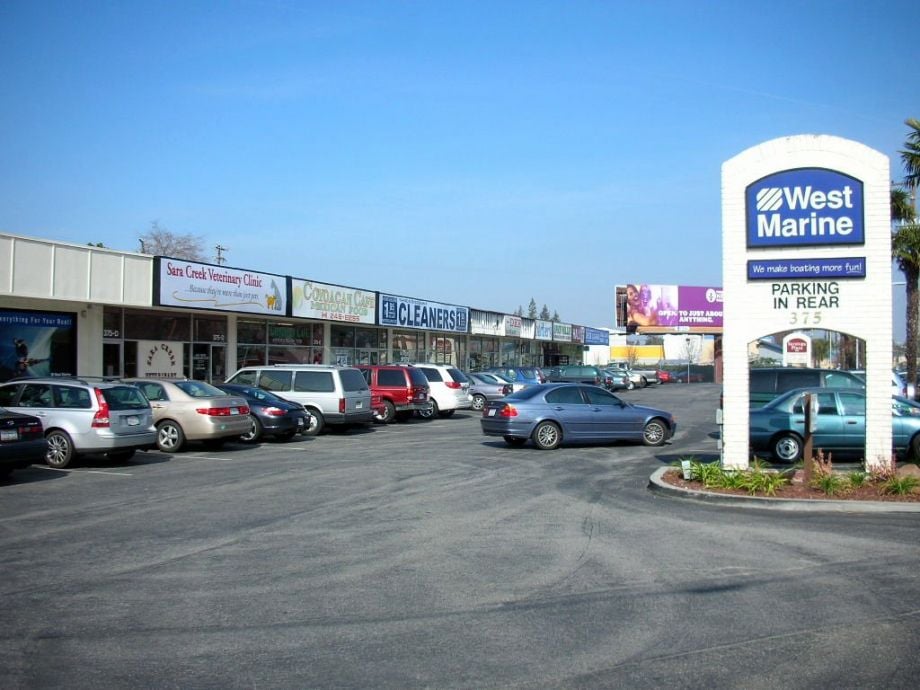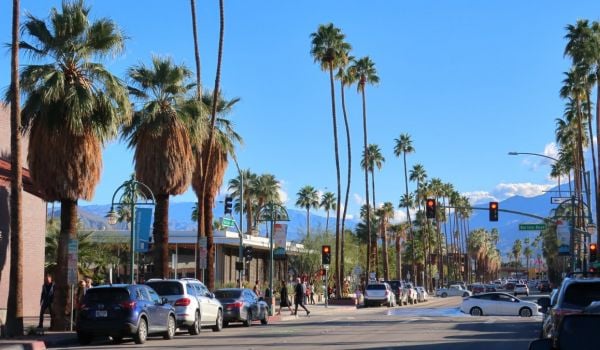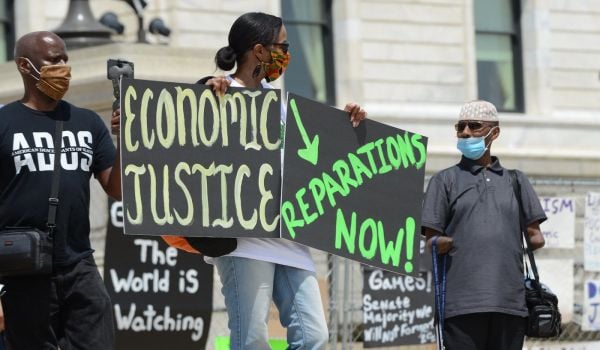State and local jurisdictions are desperately looking for new ways to speed up affordable housing development as the supply of homes falls short of demand nearly everywhere in the U.S. This fall, the Biden-Harris administration announced new resources to support commercial conversions to create affordable housing.
While much of the focus is on office conversions, an idea that swept the nation as millions of Americans transitioned to remote work, relatively few office buildings are physically suitable for conversion. The costs can be incredibly high and the surrounding neighborhoods, often in business districts, are not necessarily conducive to new housing and the needs of residents.
There’s a better option hiding in plain sight: repurposing the vacant and underutilized strip malls that are spread across the country in urban and suburban areas alike.
According to the International Council of Shopping Centers, the U.S. has 947.5 million square feet of strip mall space nationwide. Given the rise of online shopping and the decline of big box stores, many local jurisdictions are likely to have one or more strip malls with conditions that make them suitable for conversions, such as obsolete commercial space and high vacancy rates. Data from commercial real estate company JLL shows that from Q1 2022 to Q1 2023, the amount of occupied real estate in small shopping centers and strip malls fell 75% — meaning more space became vacant than occupied over that period.
Unlike office-to-residential conversions, the redevelopment of strip malls focuses on repurposing the unbuilt portion of a site or building up from existing structures, rather than examining physically and financially feasible ways to repurpose high-rise office buildings into housing. In addition to creating new housing, mixed-use redevelopments of strip malls with retail space on the ground floor can keep existing retail tenants open and increase foot traffic.
At Enterprise, our new analysis estimates that if we redeveloped just the best-suited 10% of America’s strip malls, we could build 700,000 new affordable homes across the country.
Strip mall conversions present a huge opportunity, but they are not without obstacles. Local leaders should invest in removing barriers to speed up the process.
The first challenge is site selection. Not every strip mall is ideal for redevelopment; factors such as maintenance backlog, retail vacancy rate, site size and conditions, and the number of homes that can be developed are all important considerations when finding malls to convert. Rather than leaving this to individual developers, local governments could identify, analyze and map which sites are best for conversion.
Once sites are identified, developers have to contend with one of the biggest obstacles to strip mall conversions: zoning regulations. Many municipalities prevent residential development in areas that are zoned for commercial use, and obsolete administrative burdens like on-site parking requirements and building height caps routinely stifle developers’ ability to build new housing.
Thankfully, some jurisdictions are starting to change their tune. California recently passed a series of laws that would allow underutilized commercial buildings to be converted into housing, which could add two million new homes to the state’s housing stock. More jurisdictions should follow California’s lead to pave the way for development.
The final barrier is financing. As strip mall conversions are a relatively new phenomenon and few comparable developments exist, developers may have a difficult time demonstrating to lenders that market demand for conversions exists. The public sector, together with private investors and lenders, must work to ensure strip mall conversions have access to enough capital by combining loans, equity, grants and tax credits to make these redevelopments possible.
The new resources from the White House should help, including HUD Community Development Block Grants to cover predevelopment and property acquisition costs and low-cost loans from the U.S. Department of Transportation to finance conversions near transportation. Other resources include tax credits that can fund energy efficiency improvements in conversions.
California, again, provides a roadmap for this possibility. With state- and local-level regulatory and financial support, developers transformed an underutilized strip mall in Santa Ana, which included a defunct gas station, a sea of parking lots, and retail space that hadn’t seen any real improvements in over 50 years. Now a vibrant new mixed-use development dubbed La Placita Cinco, the site integrates existing commercial tenants and provides them with improved space. It also includes ground-floor community space, over 50 new affordable homes for low-income households, and green and pedestrian infrastructure.
The nonprofit affordable housing developer Community Development Partners worked closely with Santa Ana officials to secure a zoning change and navigate the community approval process. To reach a viable capital stack, the developers combined a $6 million grant from Santa Ana, Low-Income Housing Tax Credits, and private loans. This type of public-private partnership should be replicated across the country to bring strip mall conversions to scale.
To be clear, strip malls are not a panacea for the affordable housing challenge or a replacement for existing strategies. We need to build new developments, preserve existing homes, and make smart conversions to meet the massive and growing need.
But these increasingly vacant sites present an extraordinary opportunity. What’s happening in California can be a model for the rest of the country. With intentional efforts to remove barriers to strip mall conversions, we can significantly change the trajectory of the housing crisis in America.
This article is part of Backyard, a newsletter exploring scalable solutions to make housing fairer, more affordable and more environmentally sustainable. Subscribe to our weekly Backyard newsletter.
Ahmad Abu-Khalaf is a senior research analyst at Enterprise Community Partners, a national affordable housing nonprofit.


















